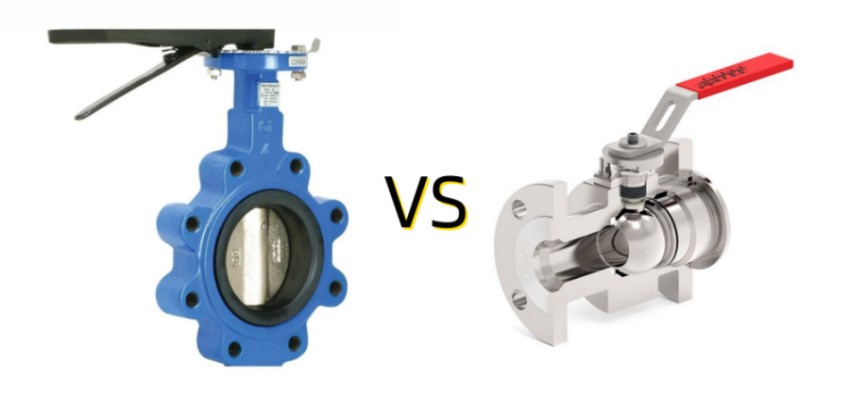What are the differences between ball valves and butterfly valves?
1. The shut-off methods of ball valves and butterfly valves are different. Ball valves achieve shut-off by blocking the passage with a ball, while butterfly valves rely on a disc to seal off the pipe.
2. The structures of ball valves and butterfly valves are different. Ball valves are composed of a valve body, valve core, and valve stem, with only some parts visible. Butterfly valves are composed of a valve body, valve seat, disc, and valve stem, with all components exposed. Therefore, it can be understood that the sealing performance of butterfly valves is not as good as ball valves. Butterfly valves also have both soft sealing and hard sealing types. The structure of butterfly valves is relatively simple and is only suitable for low-pressure environments, with the highest pressure reaching around 64 kilograms. In comparison, ball valves can reach pressures of around hundreds of kilograms.
3. The working principles of ball valves and butterfly valves are different. Ball valves have a 90-degree rotational movement because their closure element is a ball. They only require a 90-degree rotation to achieve opening or closing, making them ideal for on-off operations. However, nowadays, V-ball valves can be used for flow regulation and control.
On the other hand, butterfly valves are a type of valve that opens, closes, or regulates the flow of media by reciprocating the disc around 90 degrees. They have good flow regulation capabilities and are considered one of the fastest developing valve varieties.
